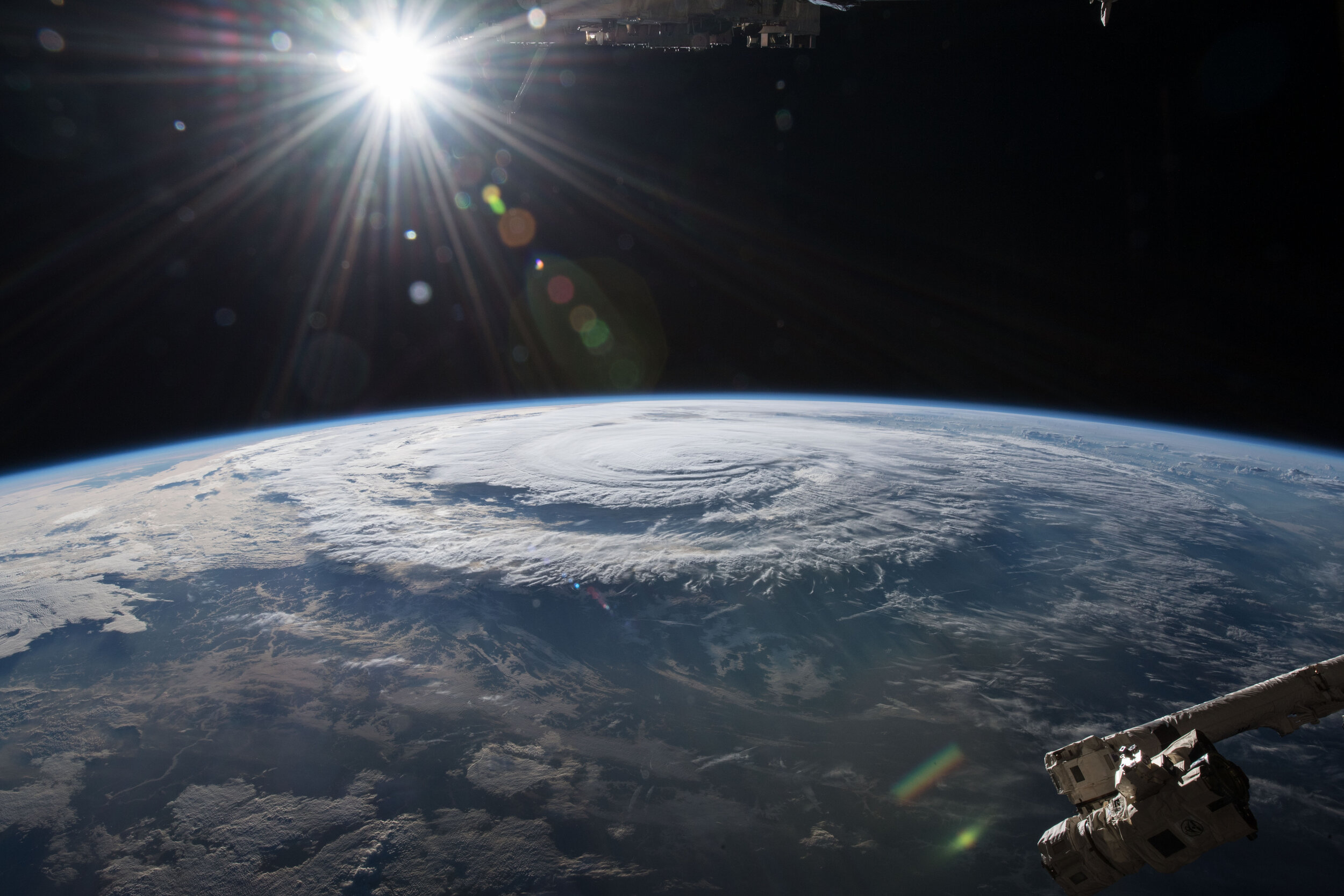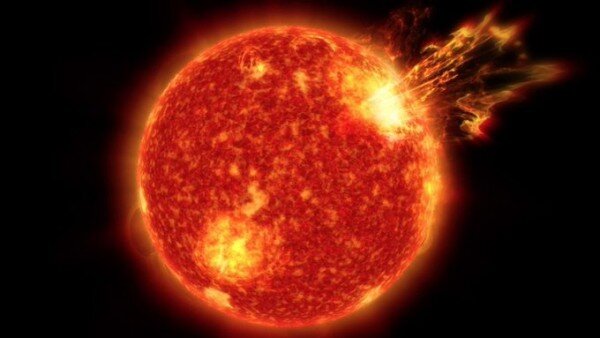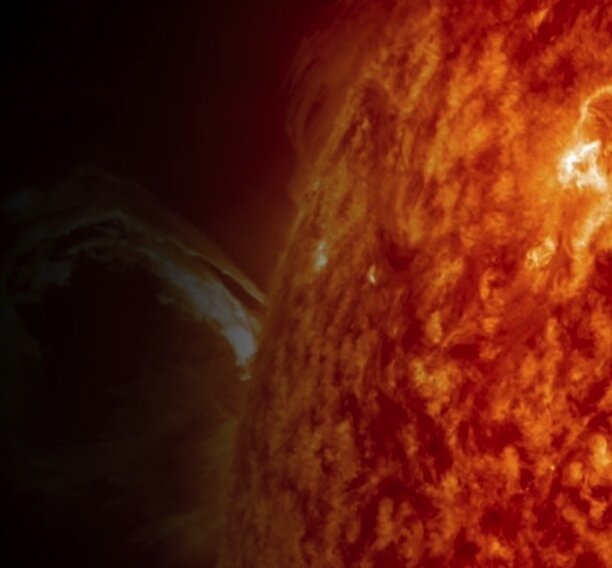
Data Analytics, Applied Sciences, and Deep Space
Through collecting data from the Destination Weather Station, students can begin the process of analyzing their data. They present their findings at the end of the week in front of fellow peers, family, and local STEM professionals.
Applied Sciences reveals to students that what they are doing in this camp, STEM professionals are doing every day. Whether it's SpaceEx rocket launches, satellites, or climbing a glacier; applied sciences opens students' eyes to the endless possibilities Destination SPACE, Inc. has to offer.
Students are introduced to the science of Deep Space to connect to our Deep Space CubeSat Program. The Deep Space program is a way for students to continue their involvement in Destination SPACE, Inc.

Data Analytics
Data Analytics is a process of collecting, cleaning, interpreting, and presenting data with the underlying objective to discover new information. This information can then be utilized to draw conclusions and make decisions.
Data Analytics Process
-

Collection
After building the Destination Weather Station, students can launch the stations on rockets or weather balloons. Remote sensors on the weather balloons collect data including temperature, humidity, and pressure.
-

Cleaning
After downloading the data from the Weather Stations, students organize it in Microsoft Excel. We challenge students to find any errors or problems with the data set.
-

Interpretation
Students then are able to conduct summary statistics - including Mean, Median, Mode, and the Standard Deviation. This guides students to understand how the data collected fluctuated throughout the flight. Students also graph the data over time.
-

Presentation
Students present their findings to their fellow peers, family, and local STEM professionals. They discuss the conclusions they made from the dataset.

Applied Sciences
Previous Space Camp and Small Satellite Program Guest Speakers and Mentors

Throughout the week, students have the incredible opportunity to attend talks by astronauts, scientists, engineers, and other STEM professionals.
Coming Soon, 2021

Deep Space
The Deep Space boundary is anything that extends beyond the Earth-Moon system. Deep Space concepts are tied into Satellite Week space camps to encourage students to continue involvement with Destination SPACE with our Deep Space Program.
Students are exposed to topics such as:
Space Weather
Solar Flares
Photons and energy
Solar Winds
Coronal Mass Ejections
Cosmic Rays
The Impact of Space Weather on Society
Deep Space Topics
-

Solar Winds
Solar winds are driven by temperature differences. Solar winds expand into the Solar System, carrying the Sun’s magnetic field which then carves out a region of interstellar space called the heliosphere.
-

Coronal Mass Ejections (CME's)
CME’s release billions of tons of solar corona material at speeds of 200-3000 km/s.
-

Solar Flares
Solar Flares are large explosive releases of energy that occur when magnetic energy is rapidly converted into particle kinetic energy.
Space Weather is a Critical Component of our Everyday Life.
With over 500 operational satellites currently orbiting earth, all satellites are susceptible to damage and degradation due to the harsh environment of space.

Continued Involvement with Destination SPACE, Inc.
-

The Possibilities are Endless
Two 2017 Satellite Week camp participants, Austin and Lauren, continued involvement with Destination SPACE and were able to intern with NASA CubeQuest Winner Team Miles. They were able to travel to Tampa, FL and meet the team and conduct a dry remote sensor integration on the 6-Unit Cube Satellite. The satellite is set to launch on the NASA Artemis-1 Mission with the Space Launch System.
-

Ground System Architectures Workshop - 2018, 2019, and 2020
Destination SPACE, Inc. Team members and Deep SPACE students traveled to Los Angeles, CA to attend GSAW. They gave a special luncheon plenary presentation about their experiences with Destination SPACE, including Satellite Week, the ThinSat Program, and the Deep Space CubeSat mission.
-

WRESA
The Deep Space team from Nesbitt Discovery Academy produced a video presentation highlighting the learning tools they have developed or used with Destination SPACE and the connections in the industry that they made participating in our programs. The 25 minute video was made available to Western North Carolina teachers so that they can learn about the important teaching aids we use in our STEM education and how employing these aids and participating in programs can lead to many beneficial industry connections.

